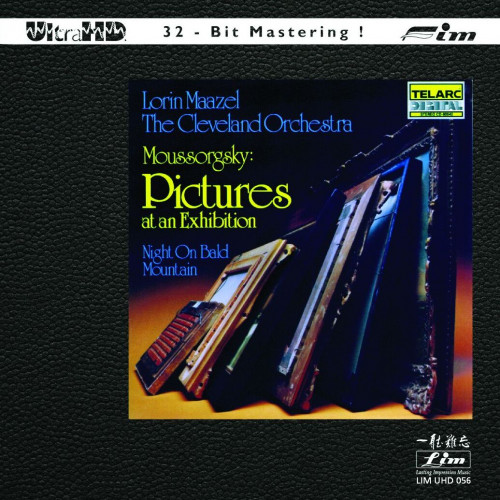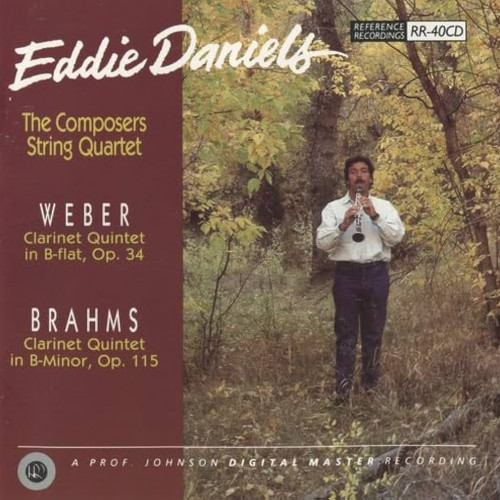For orientation: Karajan has recorded the Brahms Symphonies as a cycle four times, all with the Berlin Philharmonic and for DG (or the DG-affiliated Unitel). Once in 1963/64, in the Jesus Christus Kirche, then live on video in 1973, in new recordings from the Philharmonie in 1978, and finally in digital recordings from the Philharmonie between 1986 and 88 (which is more or less identical with the Sony/Telemondia visual releases). Additionally, he recorded Brahms in the studio in London (Kingsway Hall) for EMI with the Philharmonia Orchestra (Sys. 1, 2 & 4) and in Vienna: A one-off from the Musikverein with Brahms' 2nd from 1949 and then two fabled recordings - Symphonies 1 and 3 - with Culshaw for Decca from the Sophiensaal. The rest consists of radio broadcasts throughout the years, most notoriously perhaps the 1943 (!) Brahms 1st with the Concertgebouw, which must have just loved to play under Karajan.
UHQCD is a radical change to the CD manufacturing process itself. The conventional wisdom about CD manufacturing, which had remained largely unchanged across the world for over 30 years, has been exhaustively questioned. Through this effort, the ultimate in quality was attained - a level of quality that is certainly impossible to achieve with existing CD discs.
The Ultimate High Quality CD was developed through an effort to improve audio quality by simply upgrading the materials used in ordinary CDs to higher quality materials. For the substrate a high-transparency and high-fluidity polycarbonate (a type of plastic) of the type used for LCD panels was used, while for the reflective layer, low-cost, common aluminum was replaced with a unique and expensive alloy of high-reflectivity.
Conventional CDs are produced using the technique of injection molding to form "pits" of data on polycarbonate material. Metal plate on which "pits" representing audio source data are formed is used as a die. Polycarbonate is melted at high temperature and poured into the die to duplicate the pit patterns on the stamper.
This method is efficient because it enables high-speed production, but it does not enable totally accurate or complete duplication of the pits on the stamper. As a melted plastic, polycarbonate is inevitably viscous, so it cannot penetrate completely into every land and groove of the tiny pits of the stamper.
The Ultimate High Quality CD photopolymer is used instead of polycarbonate to replicate the pits of the stamper. In their normal state, photopolymers are liquids, but one of their characteristic properties is that they harden when exposed to light of certain wavelengths. The advantage of this property, perfect replication of very finely detailed pits was achieved. Photopolymers in the liquid state are able to penetrate into the tiniest corners of pits on the stamper so that the pattern of the pits is reproduced to an extremely high level of accuracy. The Ultimate High Quality CD reproduces audio with greater precision and at a level that is impossible to achieve using conventional CD production technology!
Musicians:
Berliner Philharmoniker
Herbert von Karajan - conductor




















